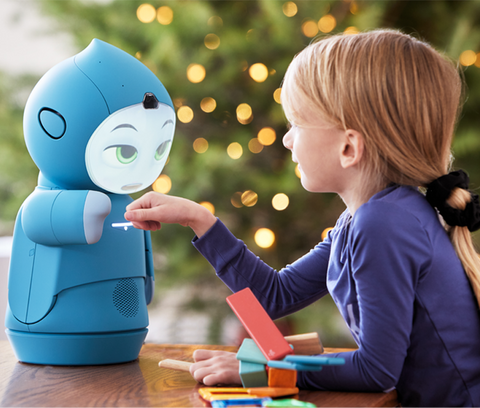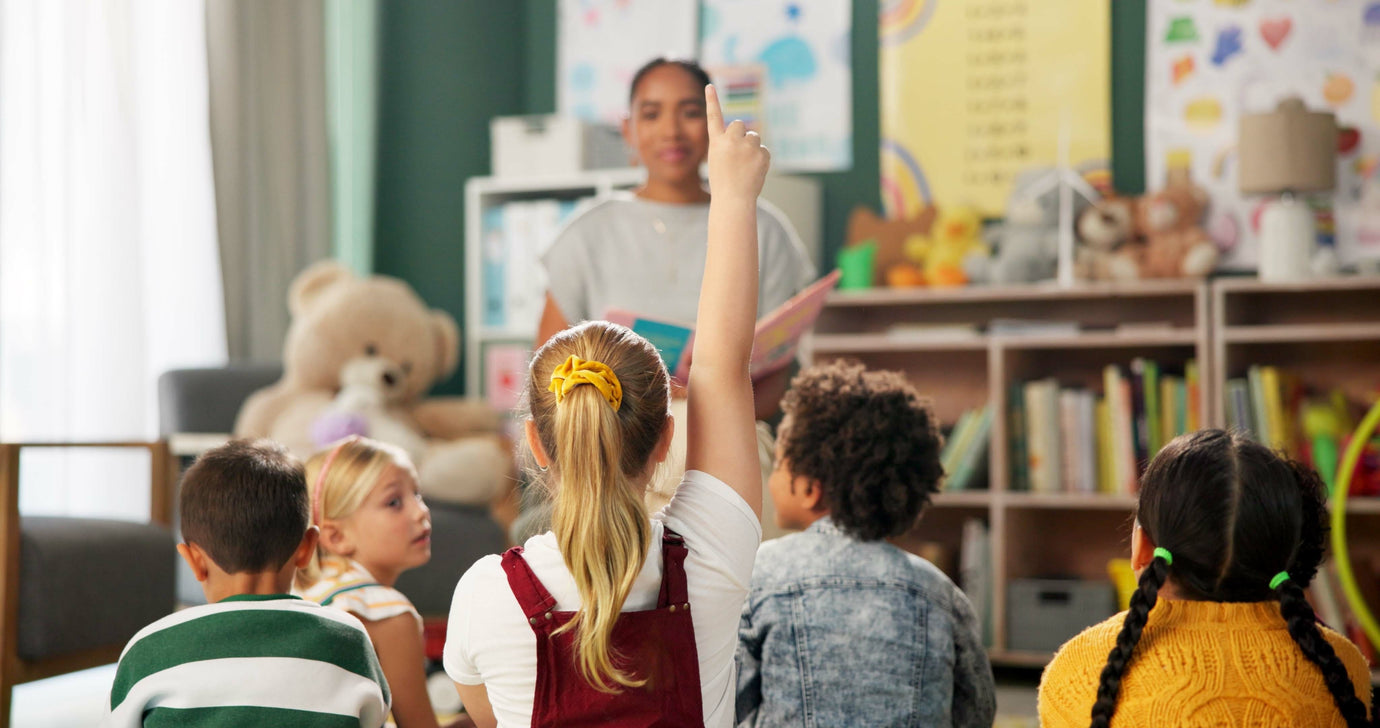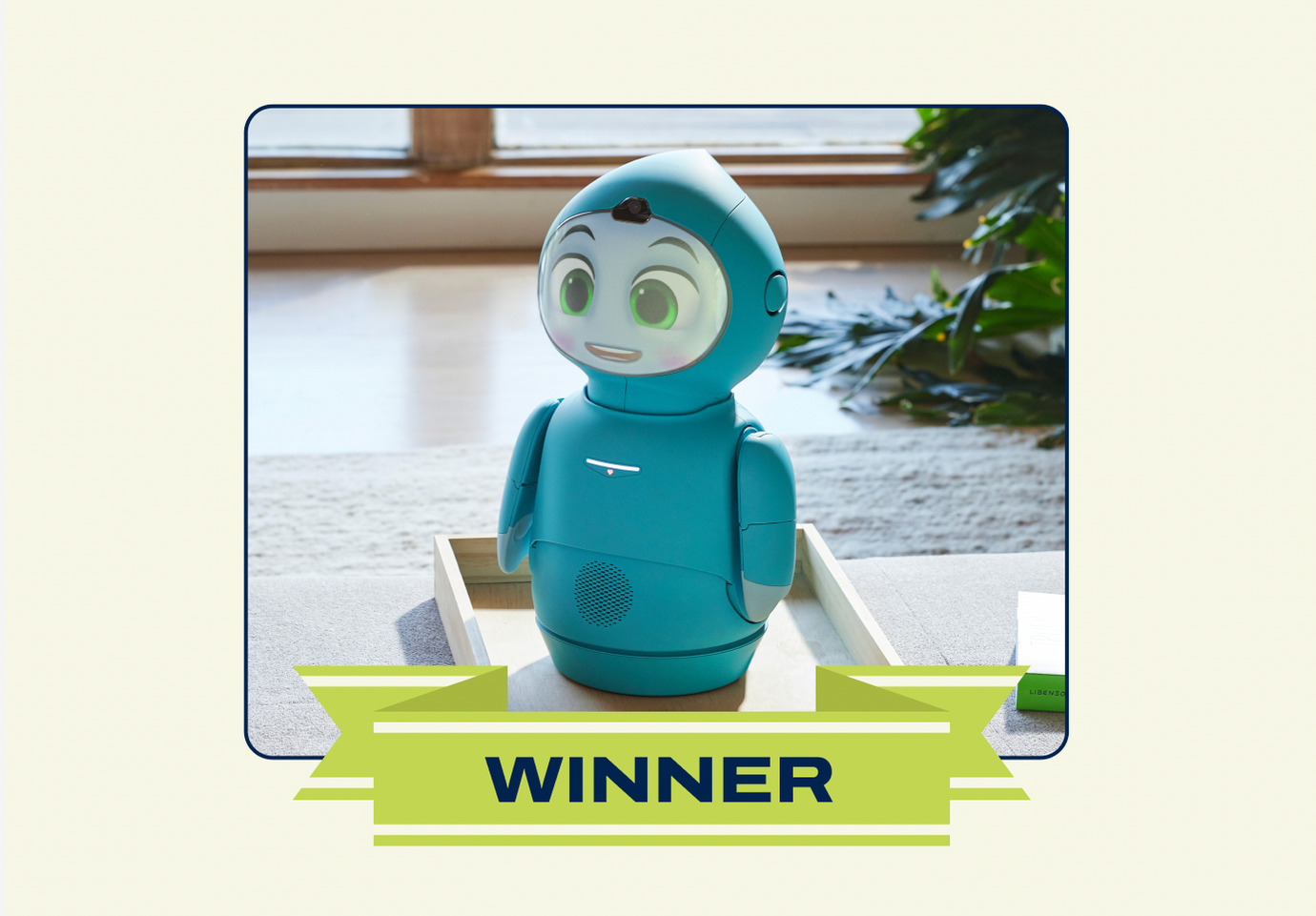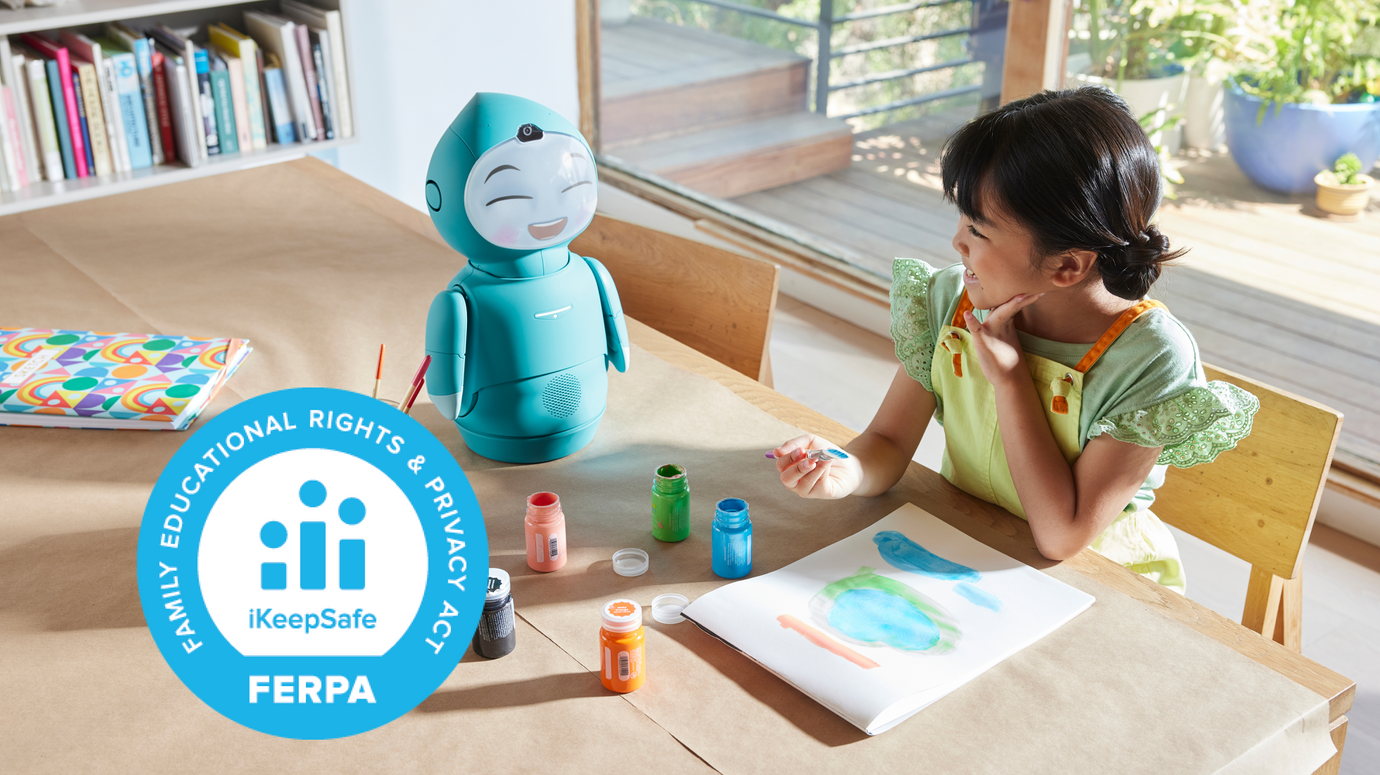SEL Teaching with Artificial Intelligence

Social and Emotional Teaching with AI
We humans are social beings. Aside from the occasional person who chooses to live outside of society, all of us are constantly managing interactions and relationships with other people. Given that, part of learning how to navigate life successfully includes developing social and emotional skills. It should come as no surprise then, that social and emotional learning – or SEL – has become one of the major buzz phrases of child development and education. In fact, more than just a buzz phrase, SEL is a fundamental part of learning to exist and function in the world. Some kids show more natural SEL skills than others – and one common theme among neurodivergent kids is that they struggle a bit more with SEL than the average kid. But, regardless of anyone’s natural ability, all kids – and adults too! – can benefit from explicit, direct social and emotional skills teaching.
What is SEL?
It’s a term most of us hear a lot. But, quick: define it! Having trouble putting your finger on exactly what SEL is? A group called the Collaborative for Academic, Social, and Emotional Learning, or CASEL, coined the term more than two decades ago. Since then, they’ve provided the U.S. national standard used by schools and professional therapists around SEL.
SEL Education Meaning and Definition
CASEL defines SEL as “the process through which all young people and adults acquire and apply the knowledge, skills, and attitudes to develop healthy identities, manage emotions and achieve personal and collective goals, feel and show empathy for others, establish and maintain supportive relationships, and make responsible and caring decisions.” To help make the concept more clear CASEL developed a framework for SEL, with five fundamental concepts at its core:

- Self awareness: Recognizing one's emotions and their effect on behavior
- Self management: Regulating emotions, thoughts, and behaviors to achieve goals
- Social awareness: Empathizing with others and understanding their perspectives, including those from diverse backgrounds
- Relationship skills: Developing positive relationships; resolving conflicts constructively
- Responsible decision making: Making good choices and evaluating consequences
Why is emotional intelligence important?
Look at any average kid’s class schedule and you’ll see a traditional line up of “educational” subjects. Math, science, history, literature, language – and if you’re lucky some arts, music, physical education, or other types of “electives” thrown in. While a typical school schedule doesn’t include things like learning how to successfully navigate problems in a group or form and maintain relationships, those kinds of skills are essential and relevant in every aspect of life.
In the early 1980’s the psychologist Howard Gardner was one of the first to argue forcefully against the idea that intelligence was something that could be measured by mental acuity tests. Instead, he proposed that there are actually eight kinds of “smart,” and that each even occupies a different part of the brain. Beyond the kind of smarts that might show up on a traditional IQ test – such as use of language, logic, and mathematical knowledge – people can also have intrapersonal and interpersonal intelligence. In other words, knowing about yourself and how to navigate social relationships are also important ways to be smart.
One of the most impactful arguments in favor of emotional intelligence comes from psychologist and journalist, Daniel Golemen and his book called – wait for it! – Emotional Intelligence. Goleman argues that this kind of smart is actually one of the most important ones for predicting success in life. He defines emotional intelligence as “the ability to recognize our own feelings and those of others, to motivate ourselves, and to handle our emotions well to have the best for ourselves and for our relationships.” (“A New Layered Model on Emotional Intelligence”).

Not surprisingly, Goleman also happens to be one of the founding members of CASEL.
Social and Emotional Learning Examples and How to Teach SEL
There’s lots of research that seems to back these ideas up. In fact, kids who are highly emotionally intelligent have better social relationships in childhood and adulthood, better family and intimate relationships, better academic performance, higher levels of work performance, and better overall psychological well-being. Who wouldn’t want all those wonderful things for their kid?
From Casel.org, Kindergartners who were stronger in SEL competence were more likely to:
- Graduate from high school
- Complete a college degree
- Obtain stable employment in young adulthood
And less likely to be:
- Living in public housing
- Receiving public assistance
- Involved with police
- In a detention facility

Many schools are now incorporating SEL into their curricula – thanks in part to the work and research coming out of CASEL. And there are many ways caregivers can help their kids develop social and emotional skills at home. But sometimes, we could all use a little help. Enter Moxie.
Embodied’s approach to SEL teaching with Artificial Intelligence
Taking inspiration from CASEL’s evidence based SEL framework, Moxie was developed to help kids learn and practice essential social, emotional, and life skills. Each activity that kids do with Moxie touches on a specific learning goal that helps kids work towards competency in one or more SEL skill area. For example, Moxie was designed to help your kid:

SEL Strategies to teach students
- Regulate emotions
A first essential step towards emotional intelligence is learning about yourself. Kids practice recognizing and naming the emotions they feel. Then, they practice choosing the correct tools to help manage those emotions, take appropriate actions, and choose appropriate behavior. To do this, they may reflect on a particular experience and talk about how it made them feel.
- Learn calming techniques
When kids have big feelings, it’s important for them to have lots of healthy and productive management and coping skills in their toolbox. For example, Moxie can help kids learn mindfulness and breathing exercises to use when they’re feeling mad, sad, or anxious. What’s more, kids learn so much by observing what others around them do, but let’s face it, we’re not always able to be the perfect picture of calm when things get tough. That’s why Moxie will consistently model healthy coping techniques
- Enhance social skills
Good social skills can help kids navigate through society and form meaningful relationships. Some ways that kids work on developing these skills is by practicing turn taking, such as when they play a board game or engage in a natural back and forth conversation. They’ll also work on actively listening and maintaining a continuous conversation.
- Practice communication
It’s hard to function in a group with other people if you don’t have adequate communication skills. As kids practice their communication skills, it’s easier to make mistakes and try again when their communication partner is a judgment-free robot. Importantly, there are no consequences when kids don’t successfully navigate a conversation or an interaction.
- Build confidence
Confidence helps tremendously as kids navigate new situations and interact with others. Activities with Moxie help kids build that confidence and use it to resolve conflicts, show support for others, and practice relationship-building skills in real-life interactions. Again importantly, with that judgment-free robot, kids are free to make mistakes without judgment or shame.
- Develop life skills
Navigating day to day life can be overwhelming for adults, let alone kids! The activities kids do with Moxie can help them understand how healthy habits, organization, and daily routines help establish a foundation for success.

Final thoughts on SEL teaching
Moxie intends to help your 5 to 10-year-old child develop the necessary real-world skills to help them succeed in life by teaching and practicing skills associated with high emotional intelligence.






